Schools of the Past: Coventry: Districts 2 and 11
In the previous yeas that first the series of “In The House of the Lord” and the current series it was written that if new historical information relevant to a previous article was written, this writer would return with yet another brief report. Such is the case with District #2 in the hamlet of Coventryville.
DISTRICT #2 - COVENTRY (CHESHIRE STREET)
In the original article written August 18th the history of what is now the Coventry Museum related details relevant to the present building and the purchase of this abandoned school by the Town of Coventry as a home for the Coventry Historical Society. We will now take a look at historical facts and figures that were written in the book “The Old Log School House 1788-1888.
History gives us the facts that the first public buildings in many of the towns of Chenango County were the schoolhouses which served a dual purpose both as a school and a “meeting house” for all the early pioneers that chose to serve as leaders of government in their respective townships. The fact relevant to the first school in Coventry tell us that the original Log House was erected in 1788 and was located just west of what was O.T. Shaw’s blacksmith shop.

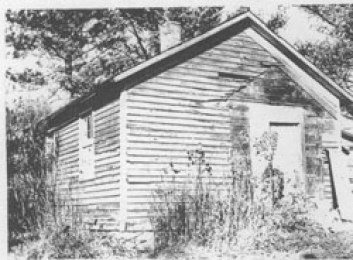

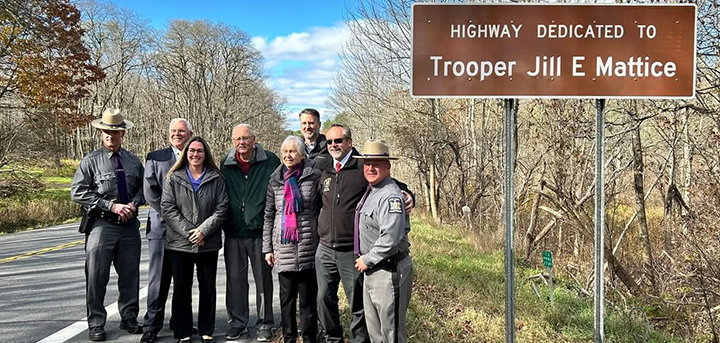
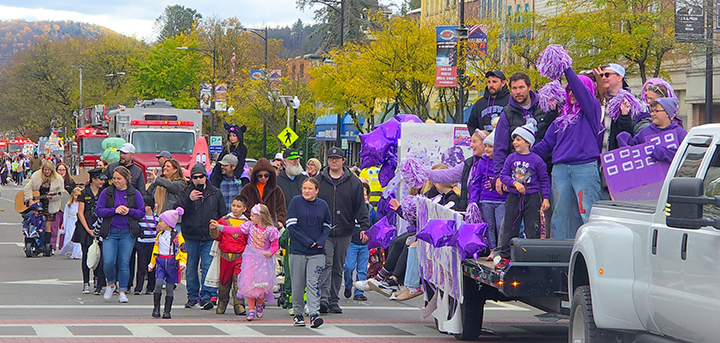

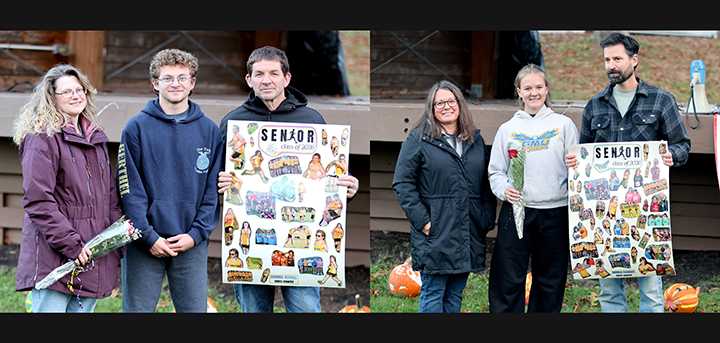
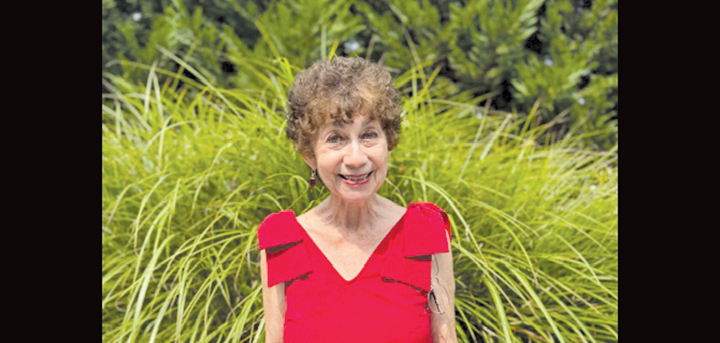
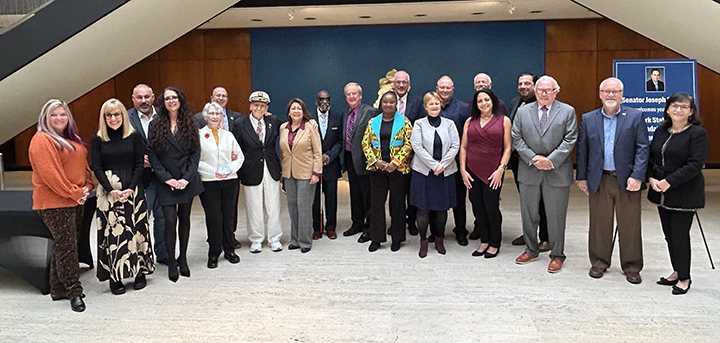
.jpg)
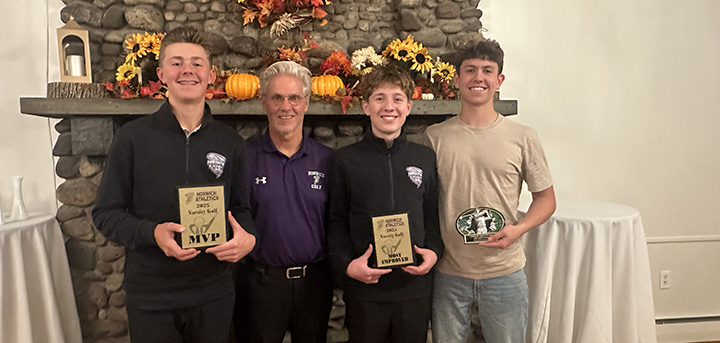
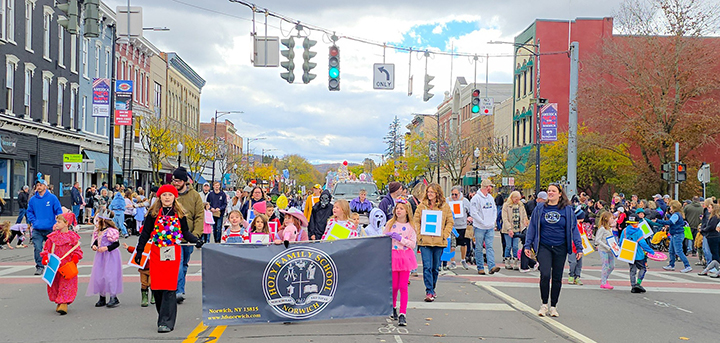

Comments